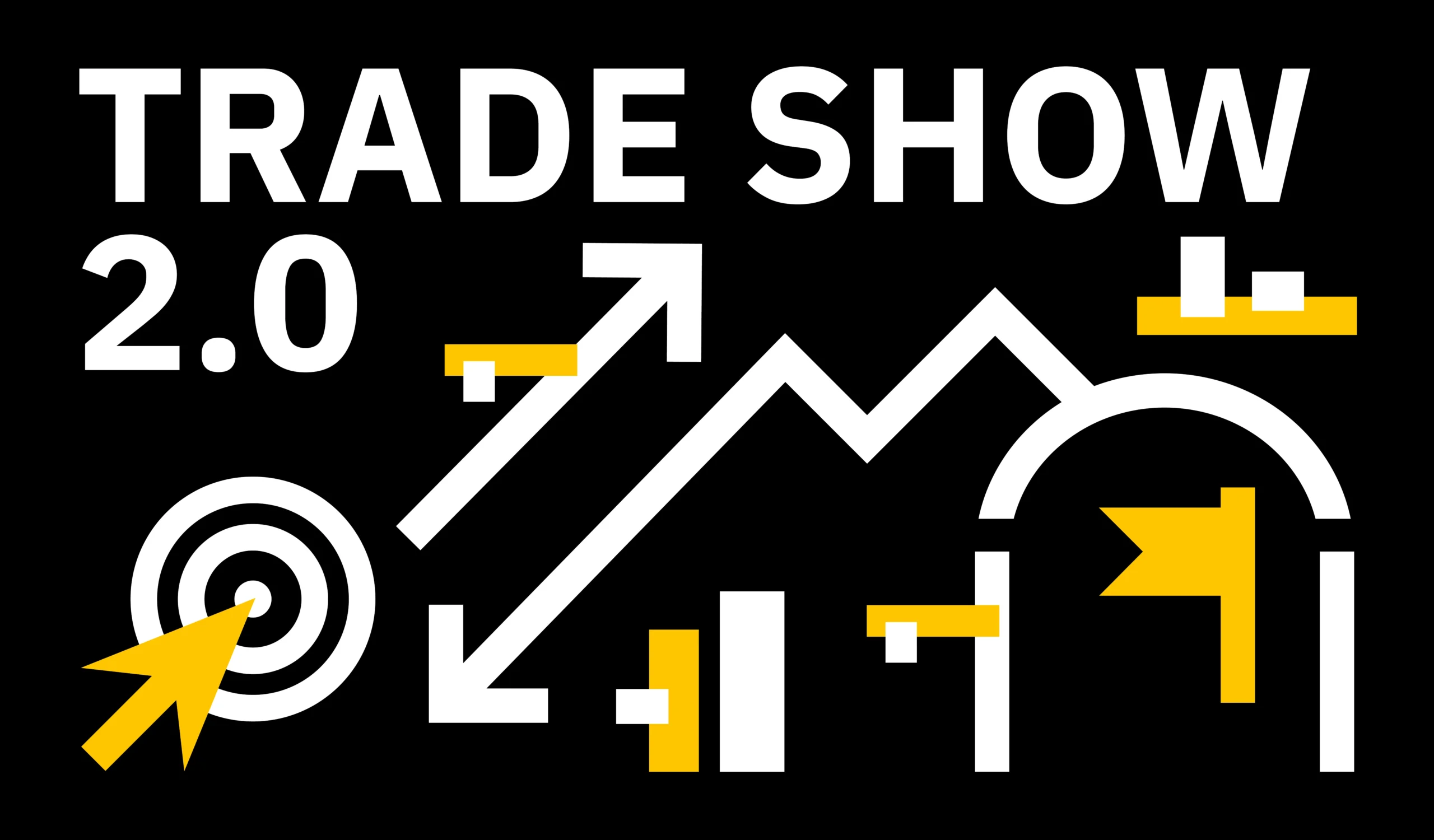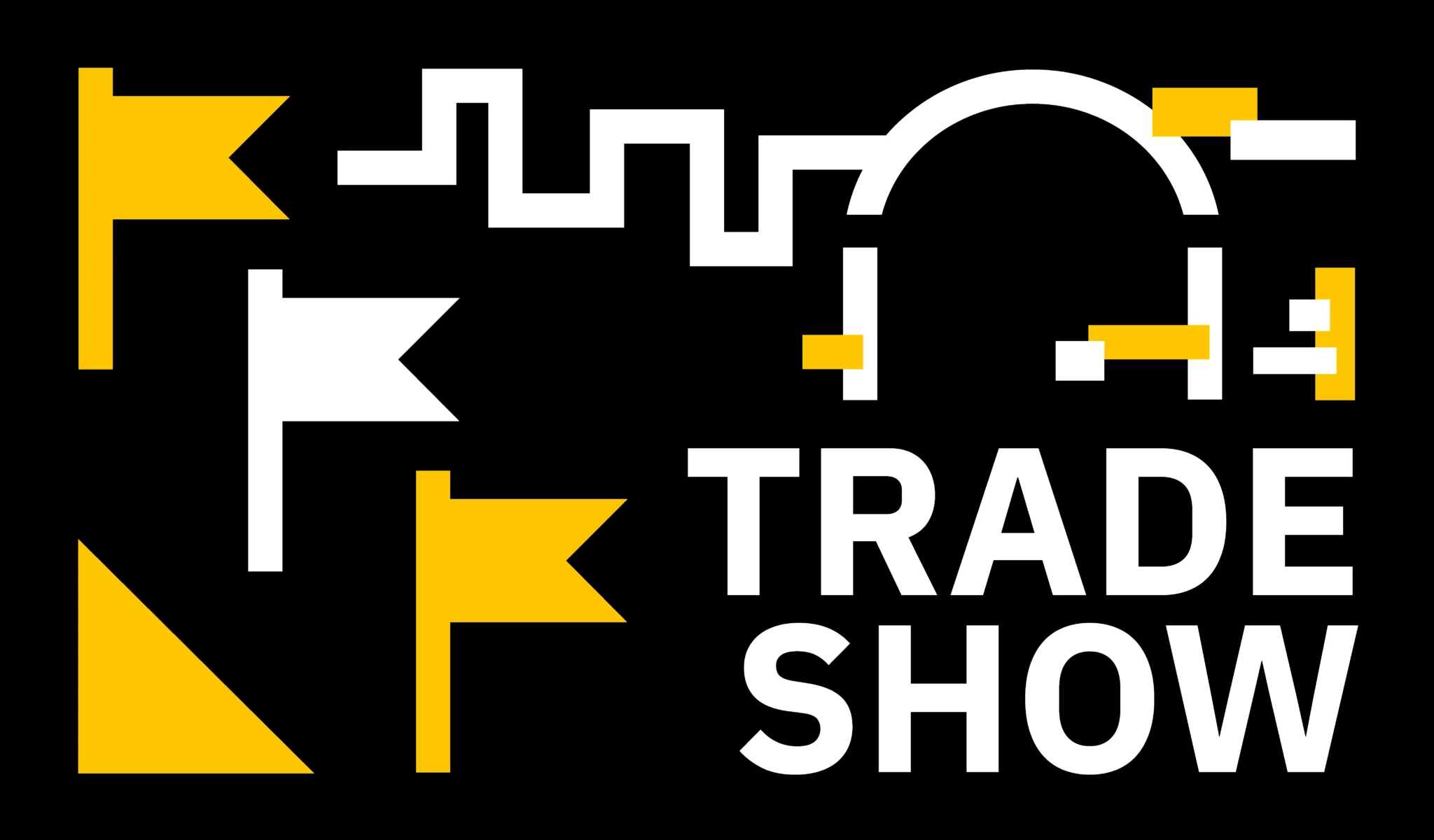Trade shows have been the gravitational center of B2B communication in the industrial sector for decades. It is a must-attend event, a symbol of market presence and credibility. But today, in a fragile economic landscape and increasingly powerful digital tools, is it still worth investing in them with the same mindset and intensity?
Key Figures from Italian Industrial Trade Shows
The two leading automation trade shows in Italy, SPS Italia (Parma) and MECSPE (Bologna), still post solid numbers, but recent editions signal stagnation or slight contraction.
| Trade Show | Visitors 2024 | Visitors 2025 |
| SPS Italia | 40.133 | 37.126 |
| MECSPE | 66.906 | 66.573 |
SPS Italia saw a drop of over 3,000 visitors in one year. Attendees in 2025 noted closed-off areas, fewer exhibitors, and a noticeably calmer atmosphere. While not dramatic, these signs are telling.
A Sector in Crisis: Time to Rethink the Marketing Mix
The decline in participation isn’t about disinterest. It’s the result of a fundamentally changed economic environment. According to ANIE Automazione, the Italian industrial automation sector experienced a -30% drop in domestic revenue in 2024.
Main causes:
- Manufacturing slowdown
- Crisis in the German market
- Delays in the Transition 5.0 Plan and excessive bureaucracy
The hardest-hit segments saw significant losses: -47% for PLCs and I/Os, -33% for drives, -29% for HMIs. Companies are entering 2025 with cautious optimism, expecting a possible rebound between +1% and +6%, mainly in the year’s second half. However, liquidity remains a significant challenge, especially for SMEs.
In this scenario, companies are rebalancing their marketing mix: they’re not going silent, seeking more innovative, measurable, and sustainable channels.
Source: Innovation Post
The Real Cost of a Trade Show
A well-executed trade show presence can easily cost between €35,000 and €60,000, factoring in booth space, setup, logistics, materials, travel, and staff.
And the results? Often positive regarding quality: trade show contacts are generally well-targeted and genuinely interested. However, many visitors, existing clients, active prospects, or partners are already known. Trade shows have become more about relationship-building than generating new net business.
This raises a key question: how much do trade shows contribute to new business? How many contacts are true “new acquisitions”? The answer is often unclear without proper CRM, conversion tracking, and marketing-sales integration tools.
In a data-driven world where every euro spent must be justified, this gray area weakens the perceived ROI of trade show participation.
A Comparison with Digital Solutions
As marketing budgets come under closer scrutiny, digital offers a compelling alternative, not just cost-wise, but in control, measurability, and continuity.
With a €35–60k budget, an industrial SME can launch a full-scale digital strategy, combining visibility and lead generation across multiple channels:
- LinkedIn Ads: Ideal for targeting B2B decision-makers, especially in complex technical sectors. Avg. CPL in EMEA is ~$120, often between $100–150 in industrial/hardware verticals. (Source: The B2B House)
- Google Ads: Great for capturing buying intent via keywords; avg. CPL in Italy ranges from €50 to €100. (Source: IndeedSEO).
- Meta Ads (Facebook/Instagram): Effective for retargeting or vertical awareness; average. CPL in Italy ranges from €5 to €15. (Source: Antartika).
Complementary assets for a long-term digital strategy include:
- Technical content: Whitepapers, articles, case studies, and videos that drive traffic and build authority.
- Webinars & product videos: Ideal for explaining complex technologies and creating qualified engagement.
- CRM and nurturing automation: To guide leads through the sales funnel with targeted workflows.
This is trackable, optimizable, scalable, and active year-round, not just for three days.
Even without entirely shifting trade show budgets to digital, it’s time to rethink allocation: assess what truly works and where value is created. It’s not about online vs. offline. It’s about creating synergy. Trade shows should feed digital, and vice versa, for a continuous, consistent customer journey.
Rethinking the Role of Trade Shows
Trade shows are still well-attended. The signals from attendees and the market aren’t a reason to abandon them but to reframe their role.
Some ideas:
- Light participation: Smaller booth, lower spending, but maintain your presence.
- Touchpoint, not centerpiece: One element of a broader strategy, not the core.
- On-site content creation: Turn your booth into a mini content factory with interviews, demos, and visuals to reuse in future campaigns.
- Clear focus: Ditch the generic booth. Highlight one or two key messages tied to something concrete (new product, structure, acquisition) to spark genuine interest.
Trade shows work when integrated into a broader ecosystem where offline fuels online and vice versa. Contacts and content gathered on-site should generate digital opportunities, just as digital should warm up and maximize the in-person experience.
Time for Strategic Decisions
In times of uncertainty, the winners are those who allocate budgets wisely. Trade shows still have a role but are not the same as before.
Today’s industrial marketing requires clarity, trackability, and adaptability. It needs channels that deliver results. Trade shows can be part of the mix, but only if reimagined as one piece of a connected ecosystem, not an isolated investment.


